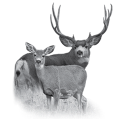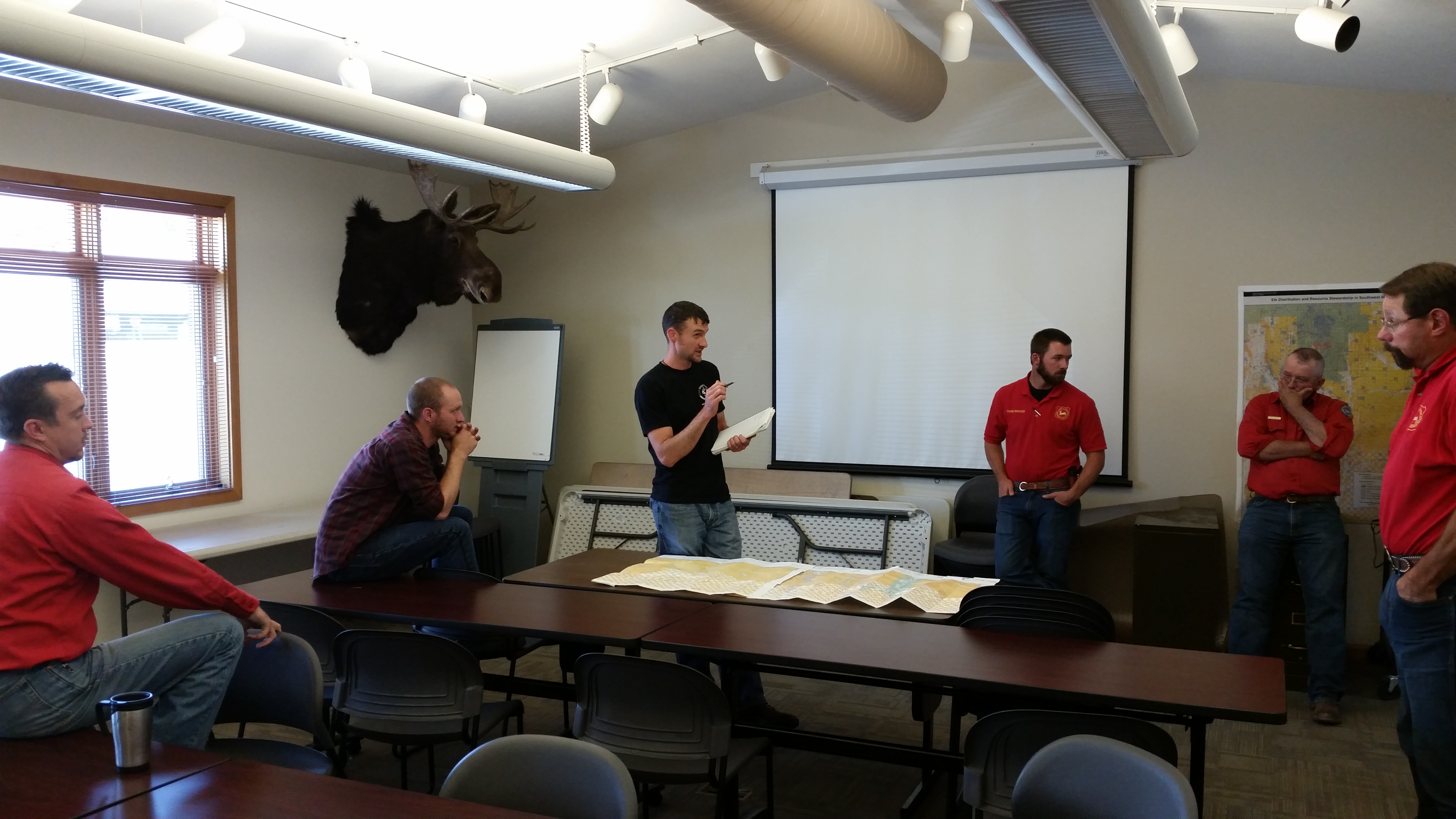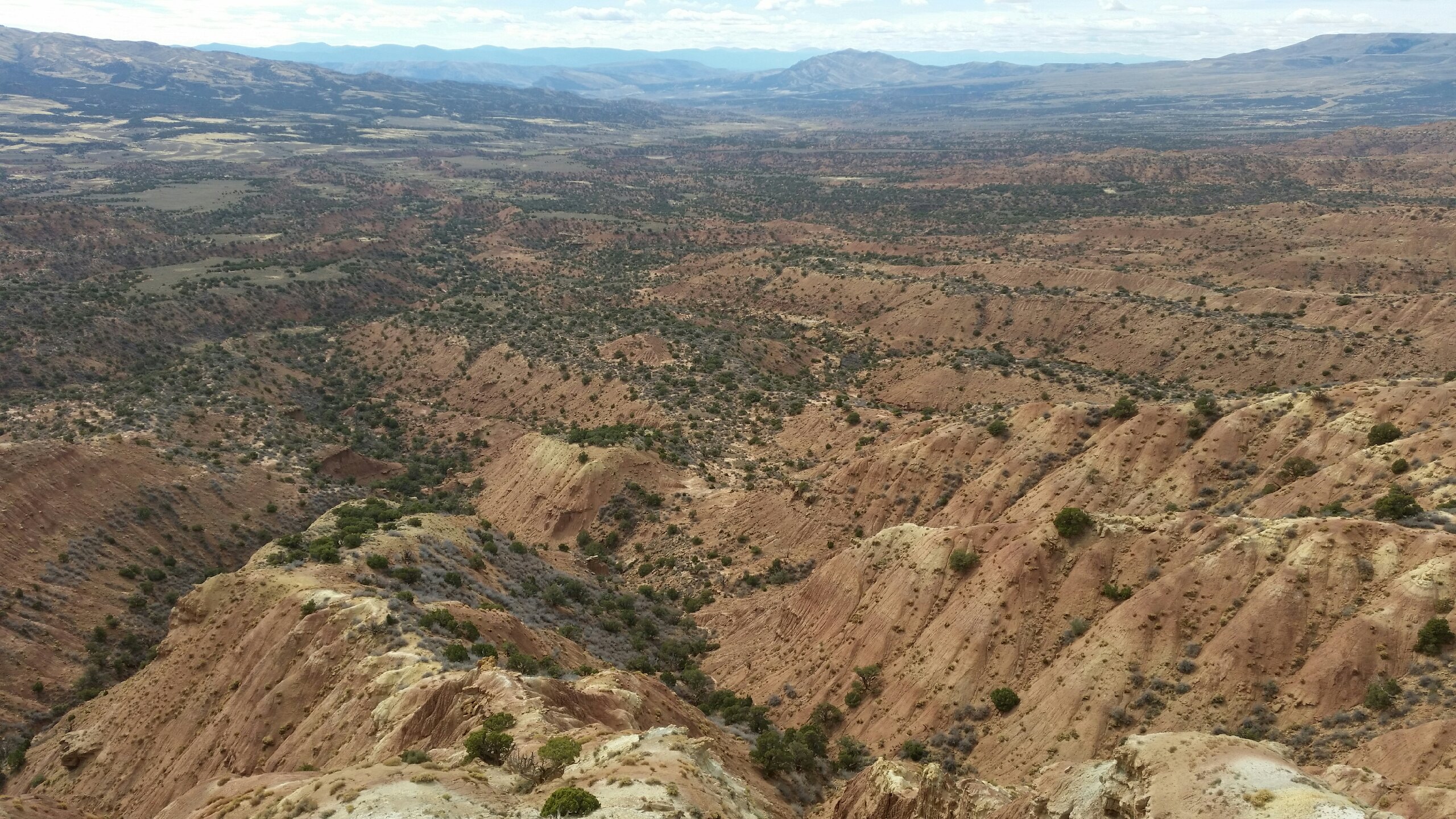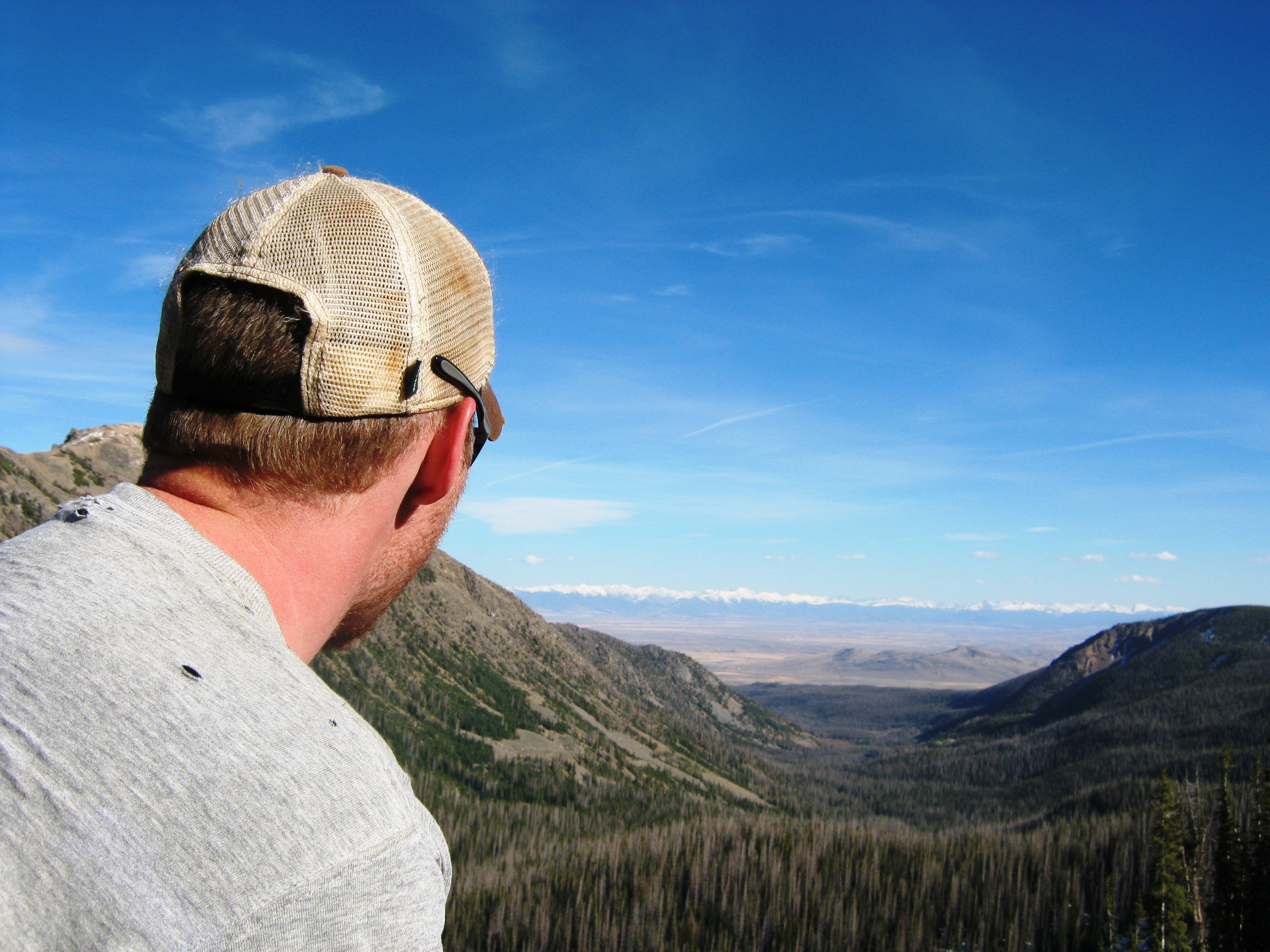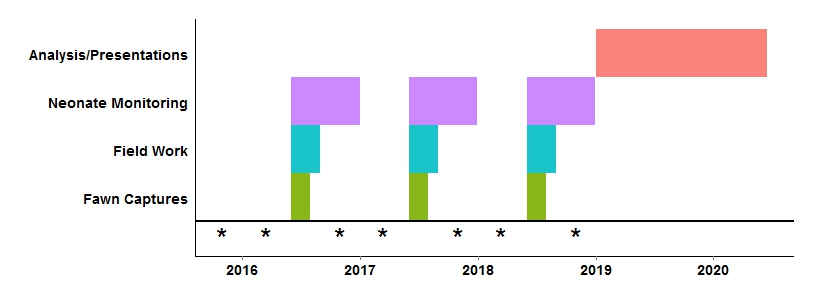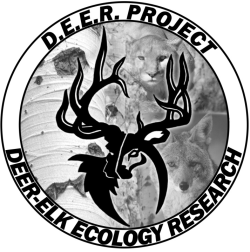 Mule deer are an integral part of the outdoor heritage of western North America, a relished species of pursuit among big-game hunters throughout the country, and a key component of the landscape of the West. Nevertheless, mule deer populations have struggled to increase in abundance across much of their range during the last 2 decades, with a number of factors potentially contributing to those declines. Coincident with waning populations of mule deer, populations of elk have burgeoned throughout much of their range through growth in abundance and range expansion. The opposite trajectories of these two species that overlap throughout much of their range have spawned the hypothesis that competition between elk and mule deer may contribute to declining mule deer populations. Quantifying the net effects of competition on nutritional condition, survival, productivity, and ultimately population growth is a difficult endeavor and one that has not been adequately addressed. To better understand factors regulating growth of struggling mule deer populations, and identifying what, if any, effect elk have on mule deer is key to knowing what management and conservation actions will enhance mule deer populations, while maintaining robust elk populations in the future.
Mule deer are an integral part of the outdoor heritage of western North America, a relished species of pursuit among big-game hunters throughout the country, and a key component of the landscape of the West. Nevertheless, mule deer populations have struggled to increase in abundance across much of their range during the last 2 decades, with a number of factors potentially contributing to those declines. Coincident with waning populations of mule deer, populations of elk have burgeoned throughout much of their range through growth in abundance and range expansion. The opposite trajectories of these two species that overlap throughout much of their range have spawned the hypothesis that competition between elk and mule deer may contribute to declining mule deer populations. Quantifying the net effects of competition on nutritional condition, survival, productivity, and ultimately population growth is a difficult endeavor and one that has not been adequately addressed. To better understand factors regulating growth of struggling mule deer populations, and identifying what, if any, effect elk have on mule deer is key to knowing what management and conservation actions will enhance mule deer populations, while maintaining robust elk populations in the future.
In few places are these questions more prevalent than for the south Rock Springs mule deer and elk herds in southwest Wyoming. This region harbors some of the most sought after mule deer and elk hunting in the state of Wyoming. While elk have been above desired levels during most of the last 2 decades, the mule deer population remains about half of the desired population level. In an effort to address the underlying reasons for failed growth of this and other mule deer populations in the West, a non-profit organization (Muley Fanatic Foundation), a management agency (Wyoming Game and Fish Department), and a research entity (Wyoming Cooperative Fish and Wildlife Research Unit) have formed a key partnership to conceive and execute the Deer-Elk Ecology Research (DEER) Project. The goal of the project is to identify the factors regulating growth and distribution of mule deer in this high-desert ecosystem, while simultaneously developing a better understanding of the ecology of elk and their interactions with mule deer. The DEER Project will take a novel and integrative approach to investigate key questions that continue to be a concern for mule deer populations including, effects of harvest, habitat condition, drought, predation, and competition with elk. The DEER Project will be the first of its kind to explore all of these key factors in tandem, and will be done so through a unique partnership that unites hunters, conservationists, managers, and researchers to the benefit of the Icon of the West.
Gallery
Contact
Kevin Monteith
Assistant Professor
Haub School of Environment and Natural Resources
Wyoming Cooperative Fish and Wildlife Research Unit
University of Wyoming, Dept 3166
1000 E. University Ave.
Laramie, WY 82071
Email: [email protected]
Matthew Hayes
PhD Student
Wyoming Cooperative Fish and Wildlife Research Unit
University of Wyoming, Dept 3166
1000 E. University Ave.
Laramie, WY 82071
Email: [email protected]
Mark Zornes
Wildlife Coordinator
Wyoming Game and Fish Department
351 W. Astle Ave
Green River, WY 82935
Email: [email protected]
Patrick Burke
Wildlife Biologist
Wyoming Game and Fish Department
351 W. Astle Ave
Green River, WY 82935
Email: [email protected]
Kevin Spence
Habitat Biologist
Wyoming Game and Fish Department
351 W. Astle Ave
Green River, WY 82935
Email: [email protected]
Project Lead
Matt has been working on a variety of wildlife research projects which mostly focus on large ungulates and how they interact with their environment. Matt has been working as a research scientist with the Wyoming Cooperative Fish and Wildlife Research Unit and the Wyoming Migration Initiative since 2012. In this position, he has worked on a variety of ungulate research and conservation topics, including: Red Desert to Hoback mule deer migration, modeling ungulate parturition, migration corridor modeling, green-wave hypotheses in ungulates and more. Matt began working on the DEER project as a PhD student in the winter of 2015. His research interests are a merging of new techniques to address complex research and conservation problems in large mammals.
Timeline
Below is the currently projected timeline for the DEER project.
Asterisks denote capture work on either mule deer or elk.
Funding & Partners
Wyoming Game and Fish Department • Muley Fanatic Foundation • Bureau of Land Management • Safari Club International Foundation • Wyoming Wildlife Natural Resource Trust • Wyoming Animal Damage Management Board • Bowhunters of Wyoming • Wyoming Governor’s Big Game License Coalition • Rocky Mountain Elk Foundation • National Science Foundation


